
As the world locks down, who will protect refugees?
- Text by Giles Duley
- Photography by Giles Duley
Last week, I received the news I had been fearing for weeks. The first confirmed case of COVID-19 recorded in a refugee camp in Lebanon’s Beqaa Valley; a Palestinian woman in one of the camps. The Beqaa valley has many camps and informal settlements housing Palestinian and Syrian refugees.
Rumours had been spreading each day. Now it was a reality. A Syrian family I have known for years sent me a WhatsApp message from their home – a tent in one of the largest informal settlements in the area. Their fear was palpable. They asked what they should do, but I didn’t have an answer.
In a crowded camp, it is virtually impossible to implement the measures recommended to protect populations. Hand washing, social distancing, self-isolation: all are near impossible for refugees in the Beqaa. As we try to protect the most vulnerable in our society, who will protect refugees, a group already weakened by living so long in precarious conditions?
For nearly a decade, Syrians fleeing the brutal civil war in their homeland have sought refuge in neighbouring countries. Over the years, I have documented their stories for UNHCR, the UN Refugee Agency. I also worked on a project about the shelters they live in.
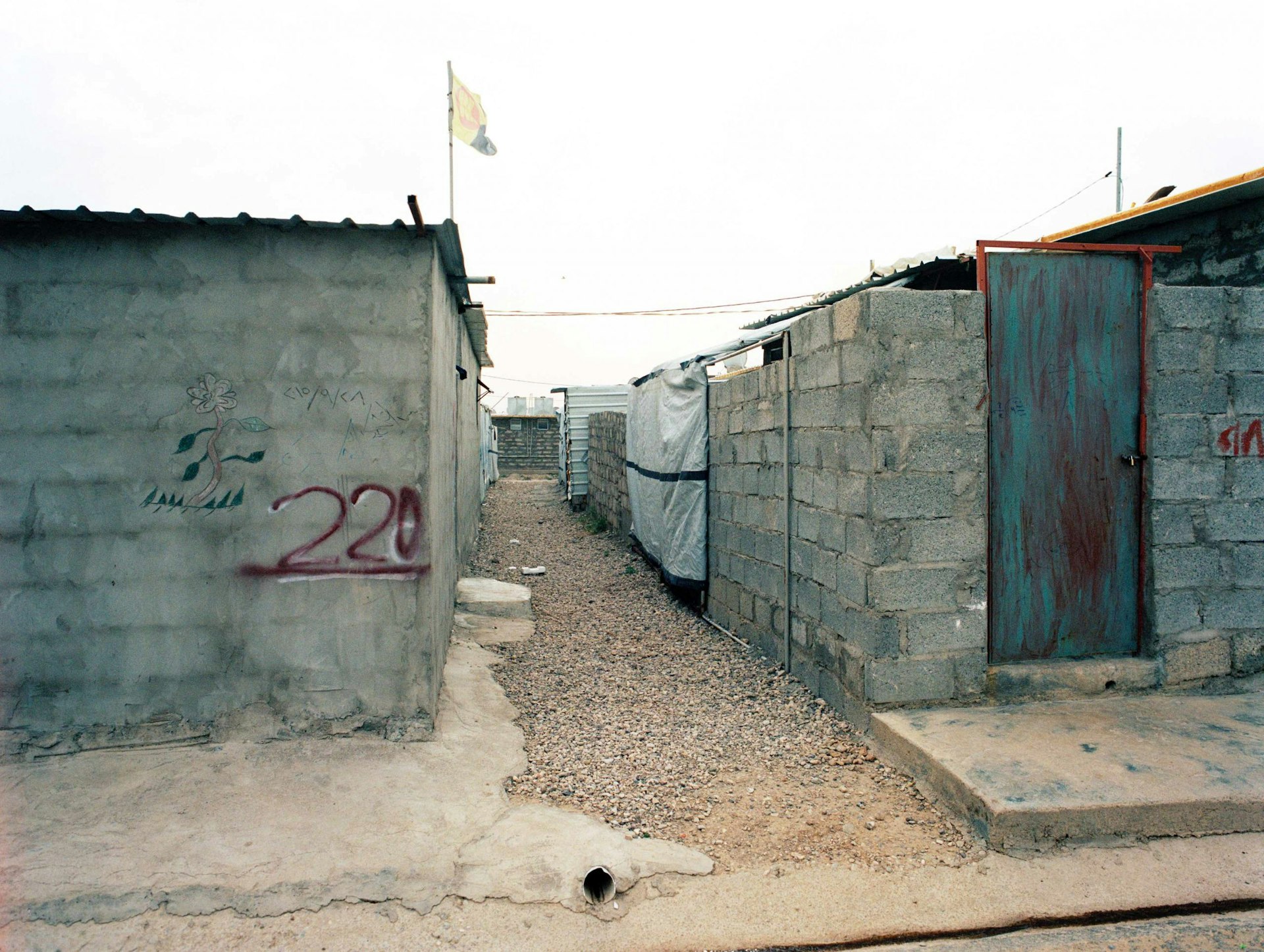
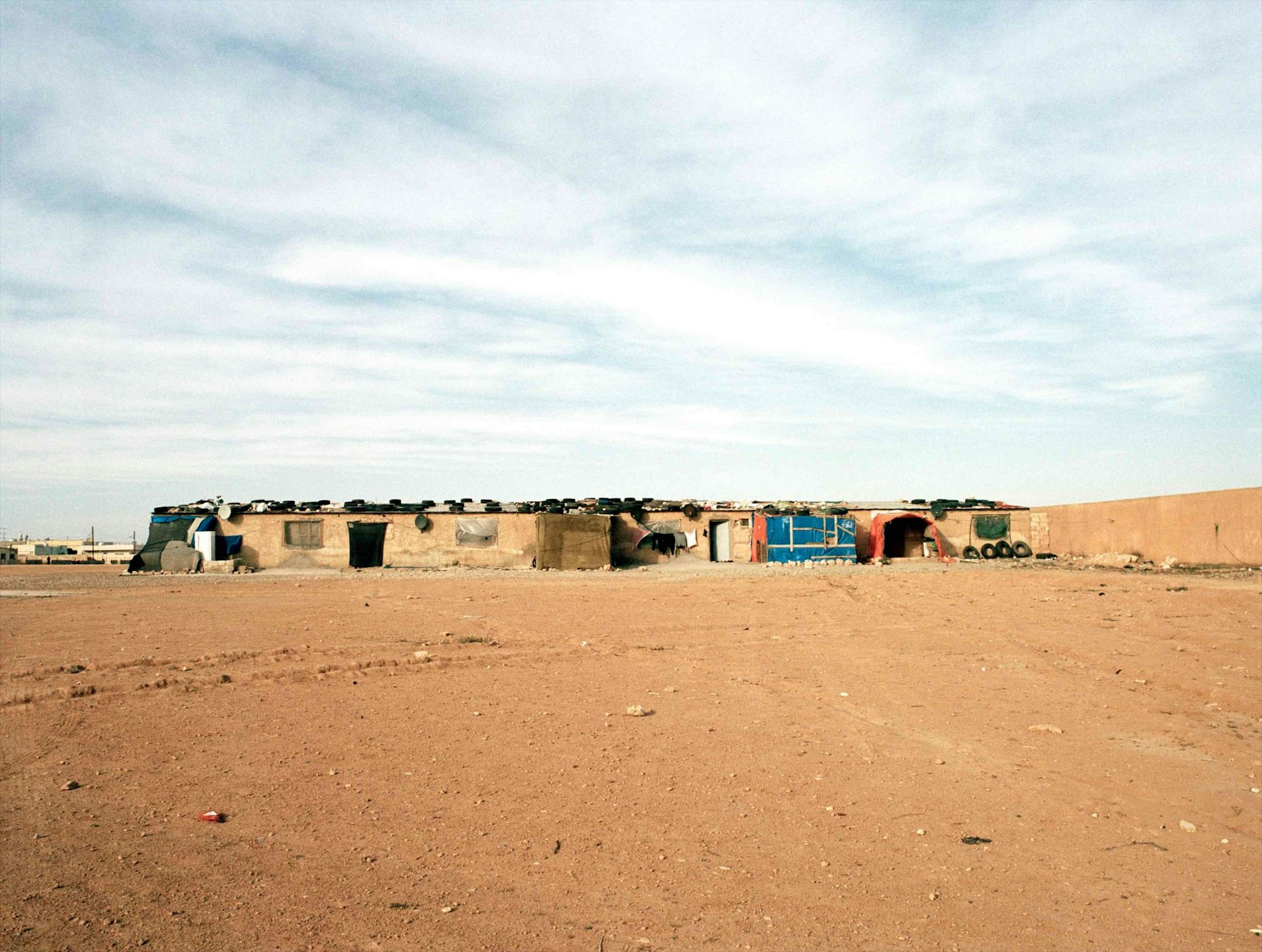
In most people’s minds, refugees live in rows of tents in organised camps, but the reality for Syrians in Lebanon is very different. From homemade shelters to abandoned half-constructed buildings, Syrian refugees have had to adapt and make do as best they can. Conditions are often barely liveable.
In the Beqaa Valley, many shelters are made from salvaged materials: tarpaulins, plastic sheets, even posters ripped down from billboards. The juxtaposition of slick advertising images in a place of such poverty speaks more clearly about injustice than any politician could.
Even in the more organised and supported settlements in countries like Iraq and Jordan, families spend their lives in recycled shipping containers. For years, Syrians have made these places ‘home’. But now, as outside movement is curtailed, these shelters become prisons. Some have no windows, no air conditioning, no running water or toilets. They are built so close together that social distancing for many is an impossibility.
Although the photographs in this series, taken in Iraq, Lebanon and Jordan, were made in the years before COVID-19, they take on a new meaning now. At the time, I wanted viewers to focus on the buildings themselves, to really feel the conditions these refugees have to live in. In the face of a global pandemic, they are even more desperate.
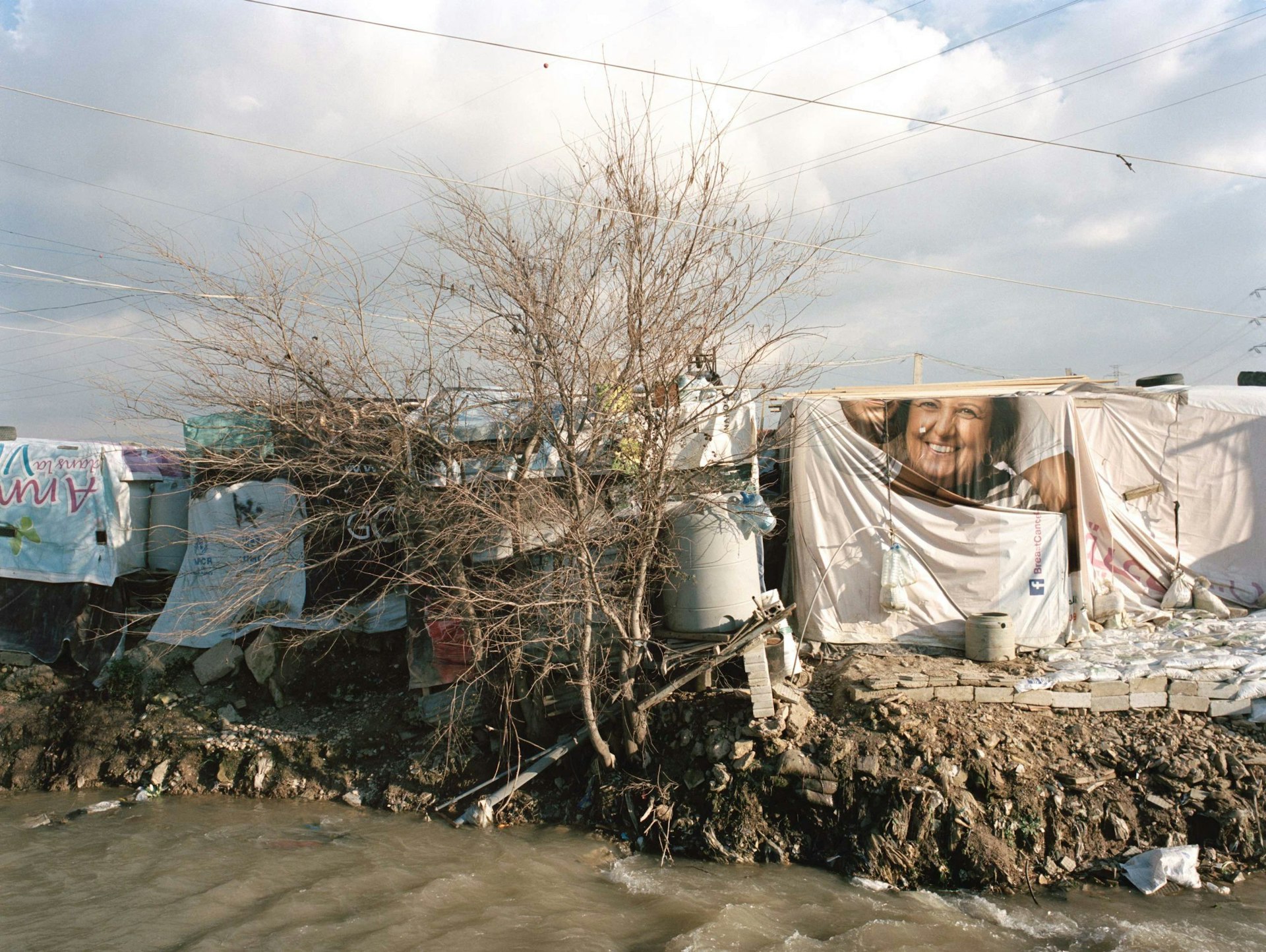
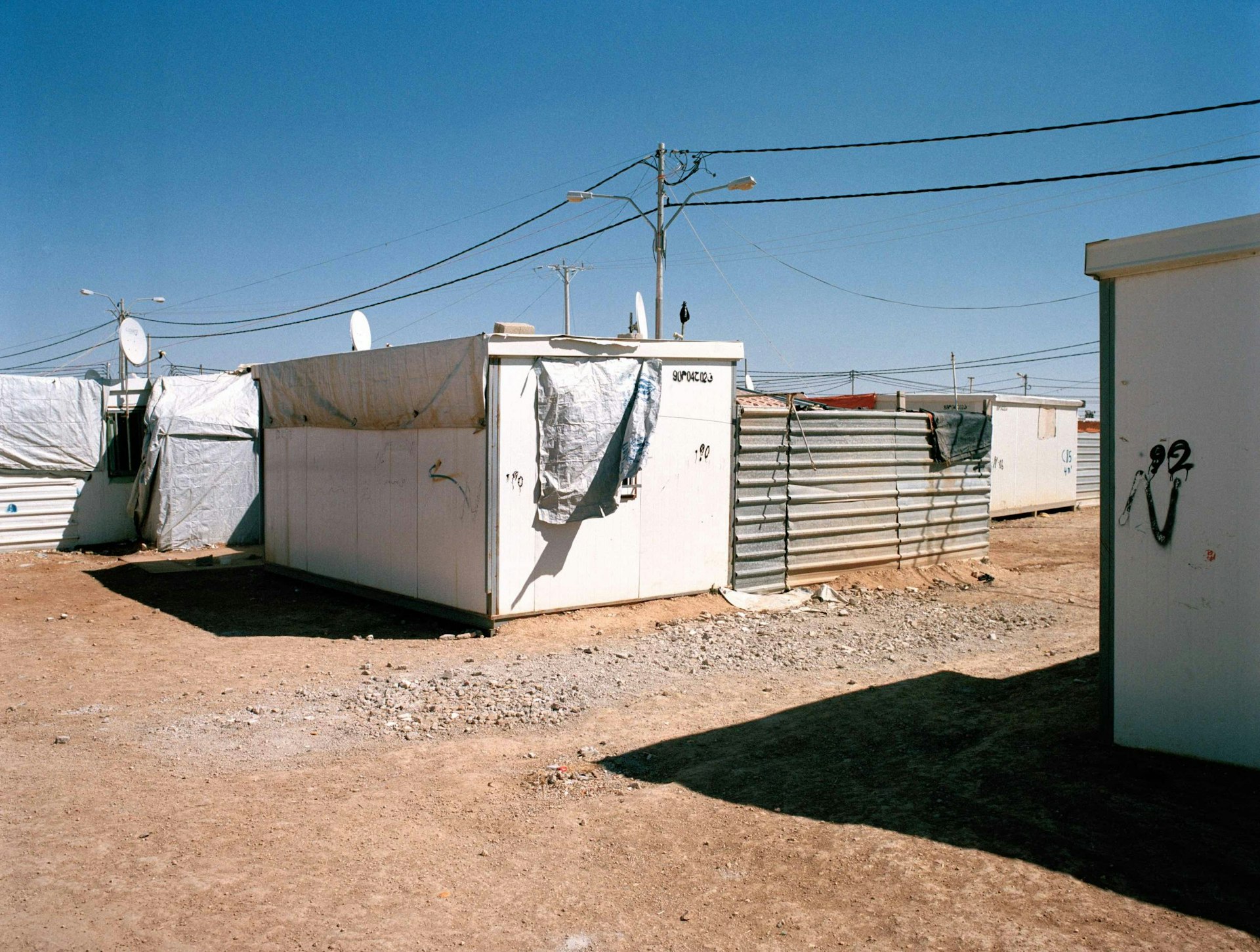
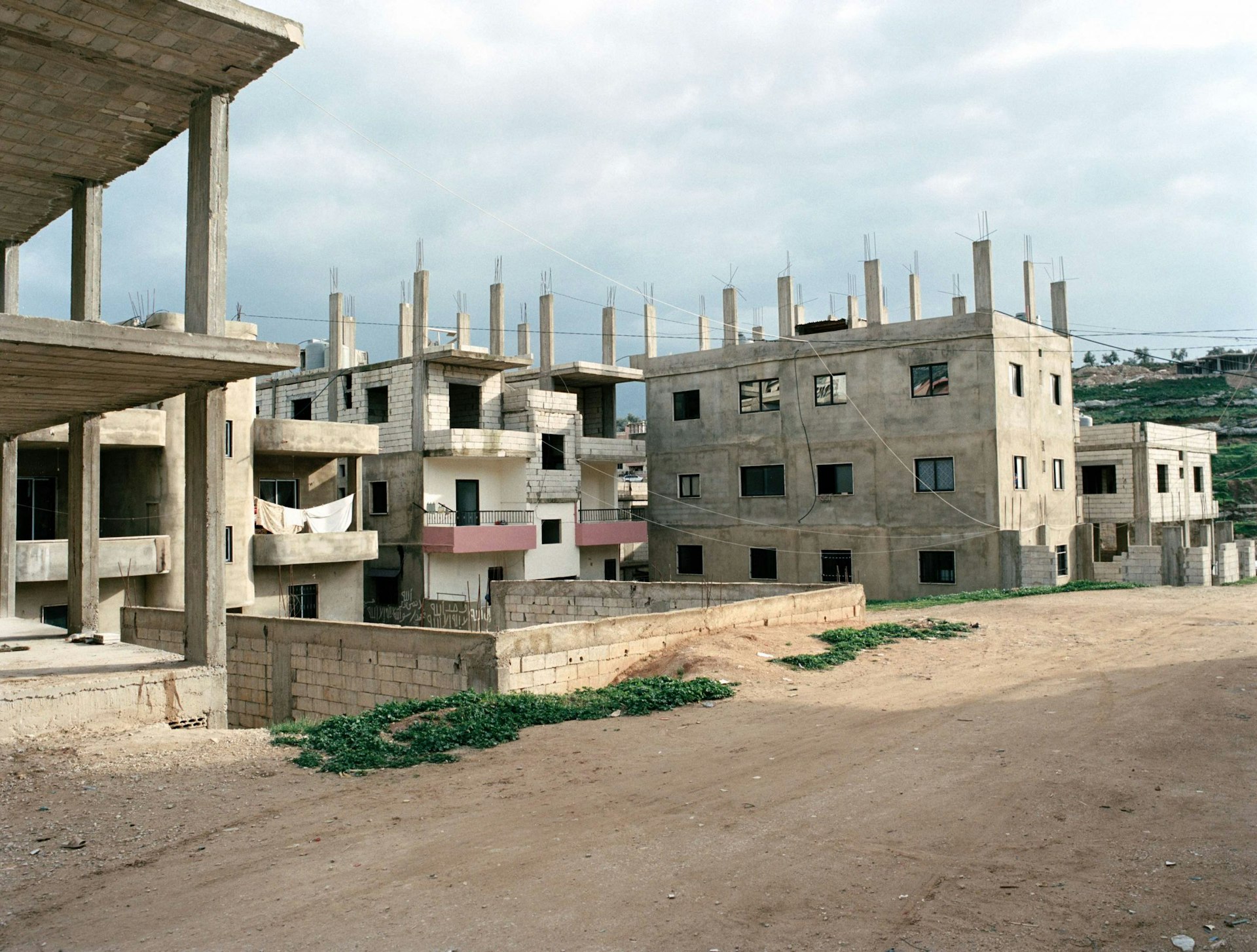
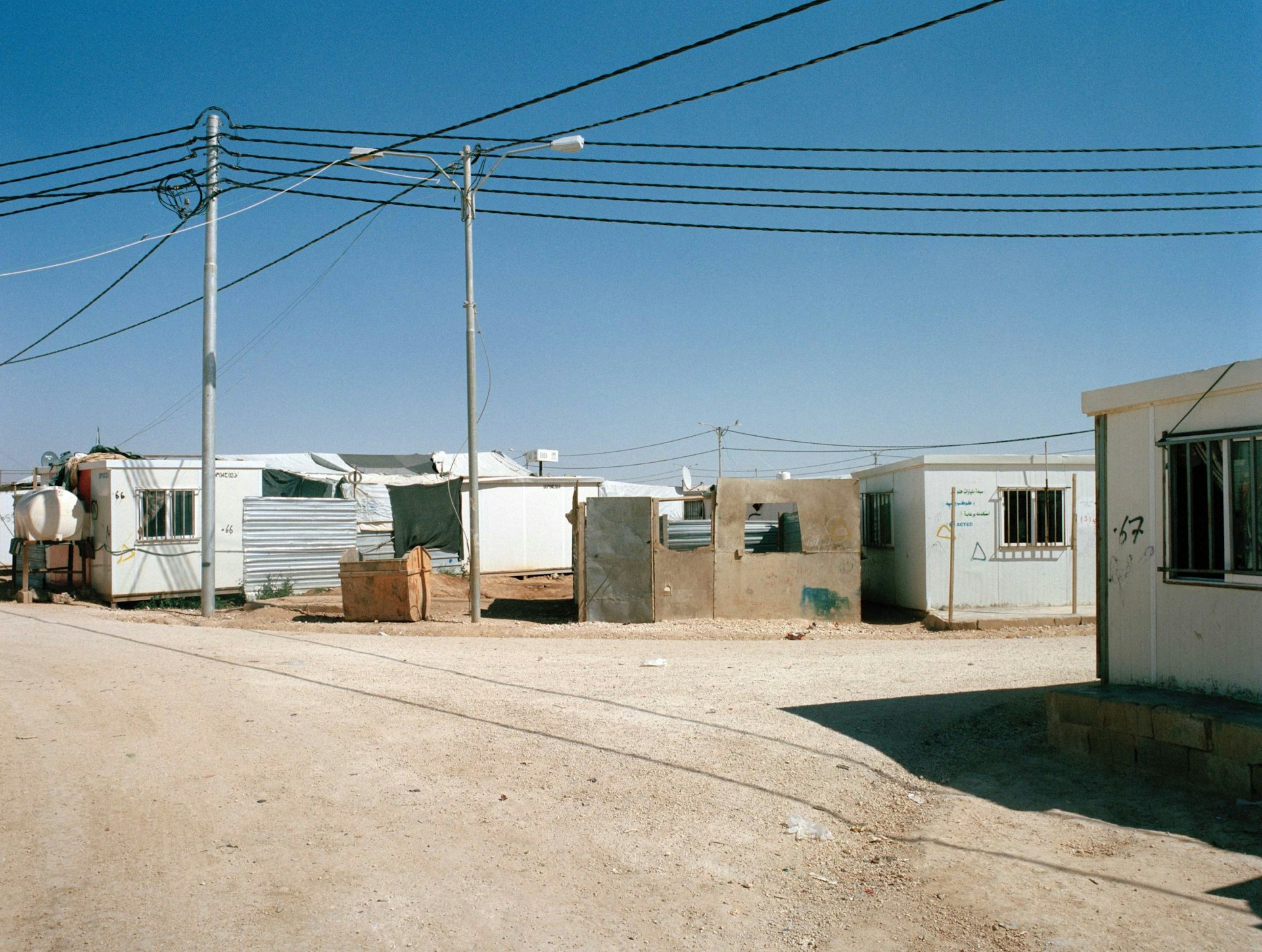
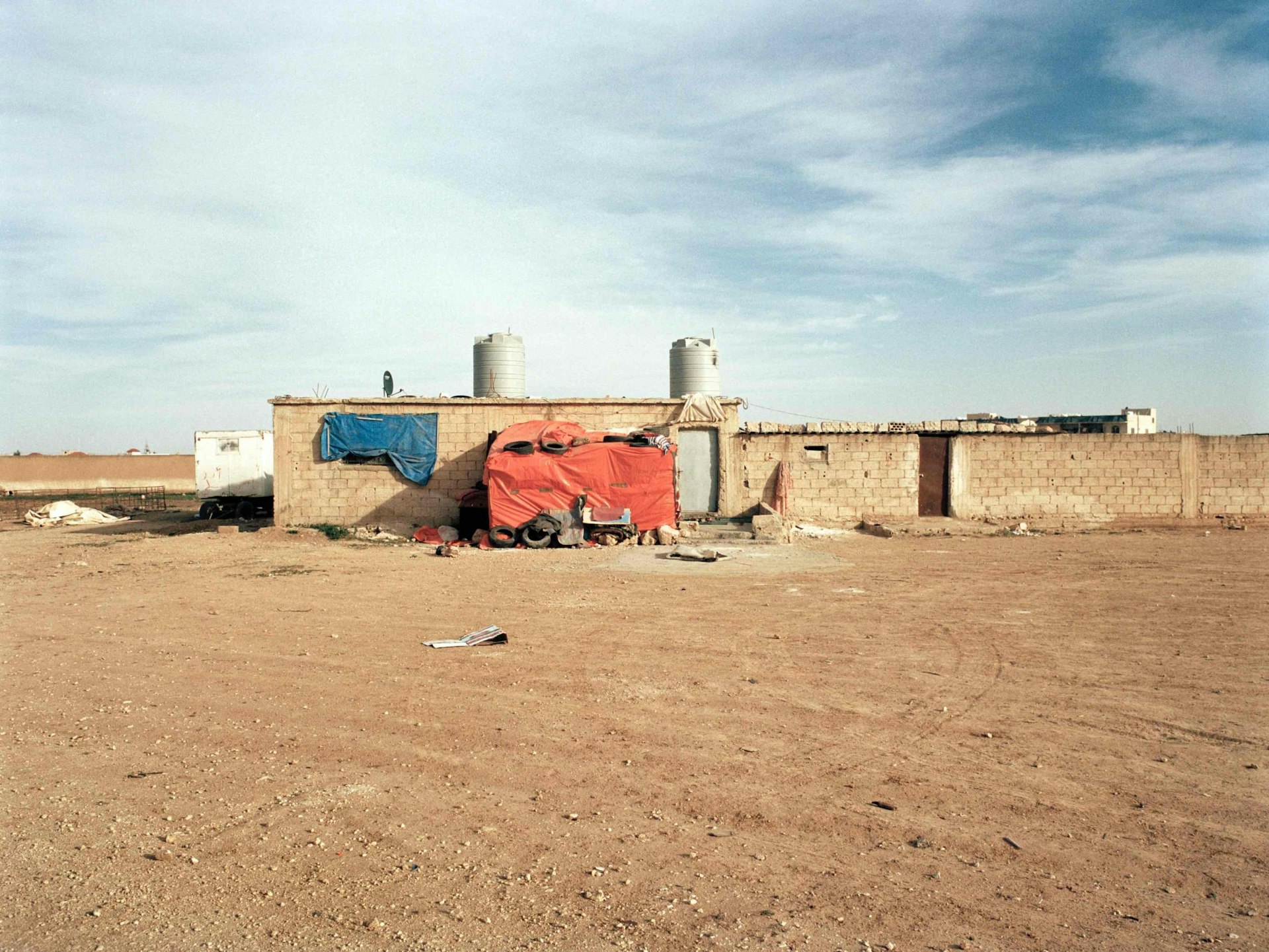
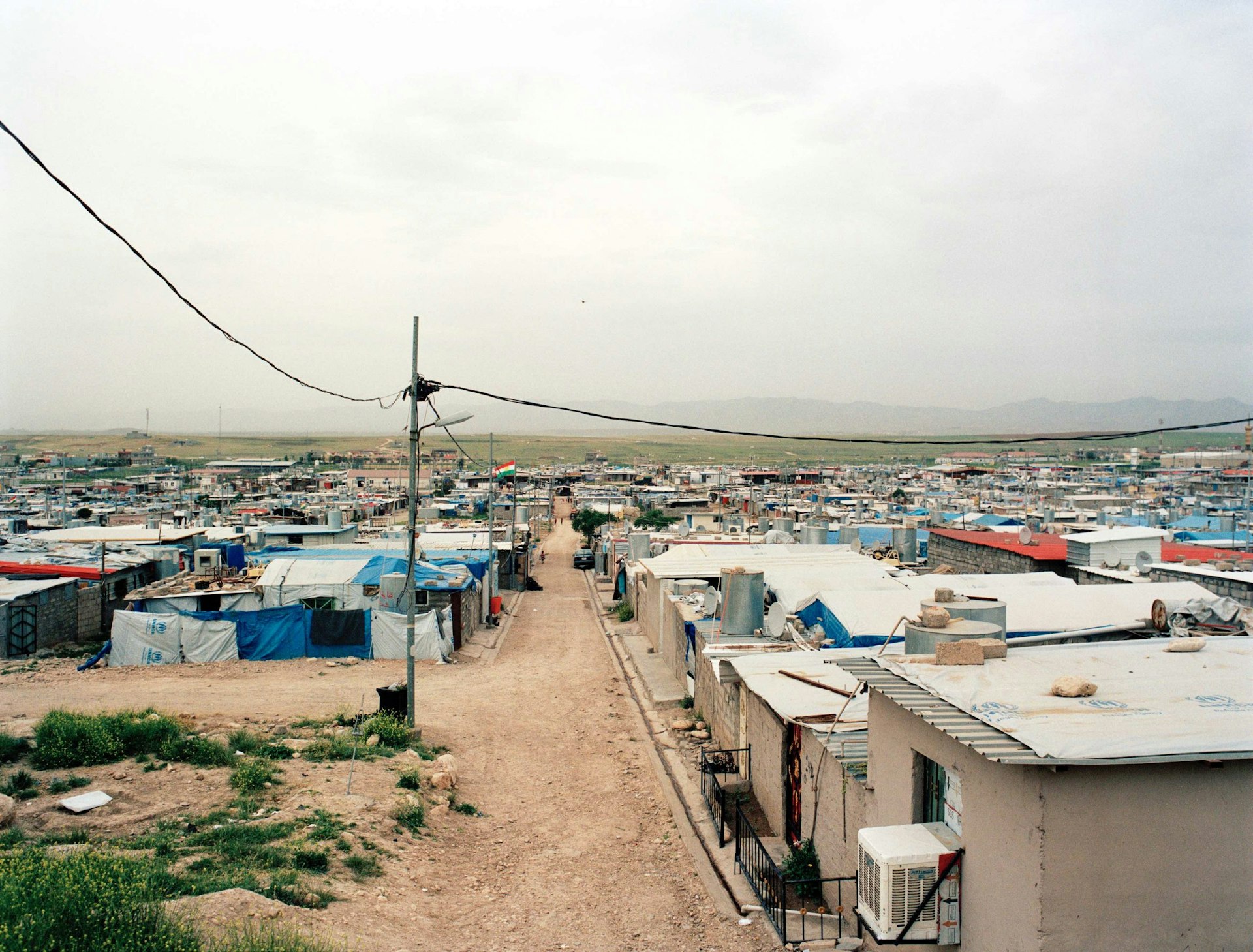

To find out more about how Coronavirus (COVID-19) is impacting refugees and support the work of UNHCR visit UNHCR.ORG.
Follow Giles Duley on Twitter and Instagram.
Enjoyed this article? Like Huck on Facebook or follow us on Twitter.
